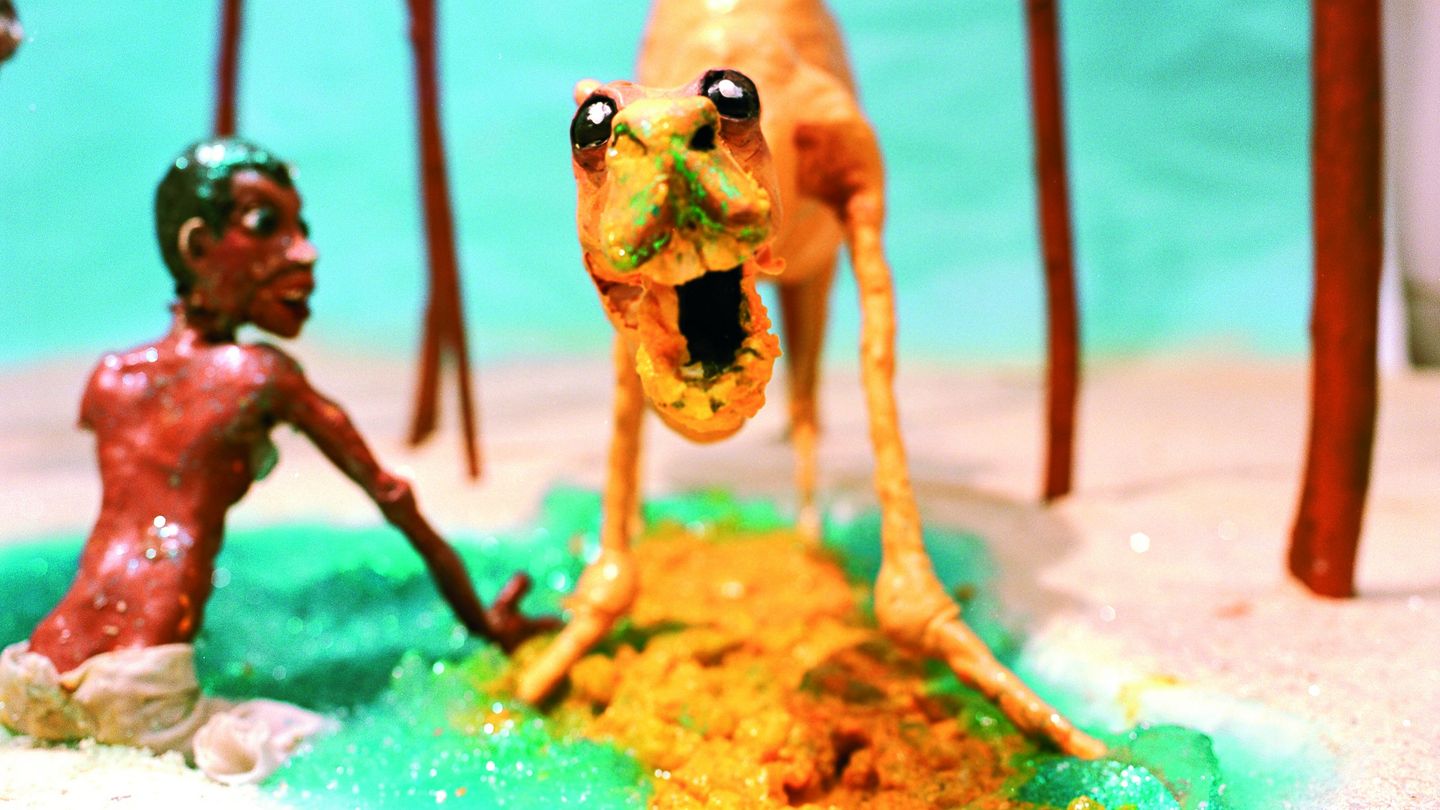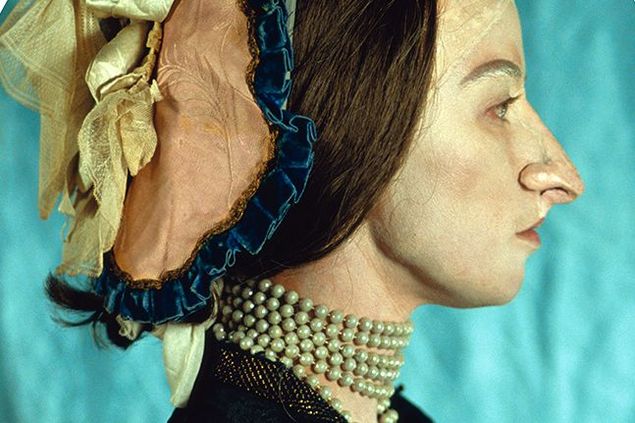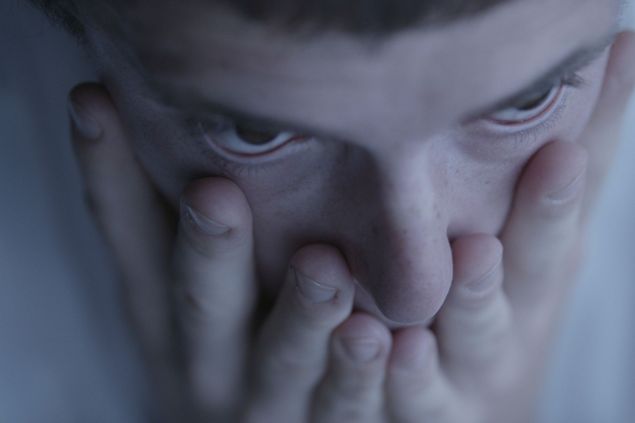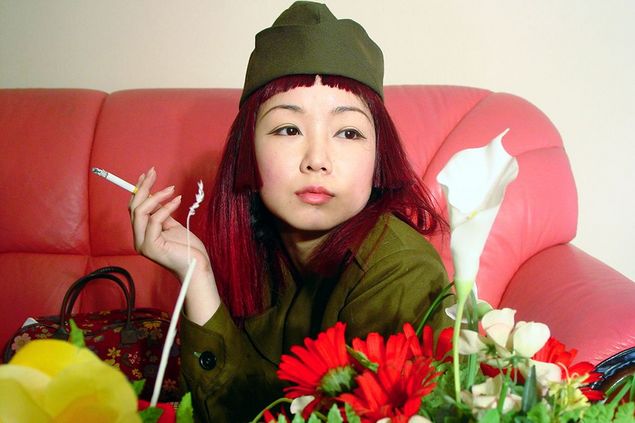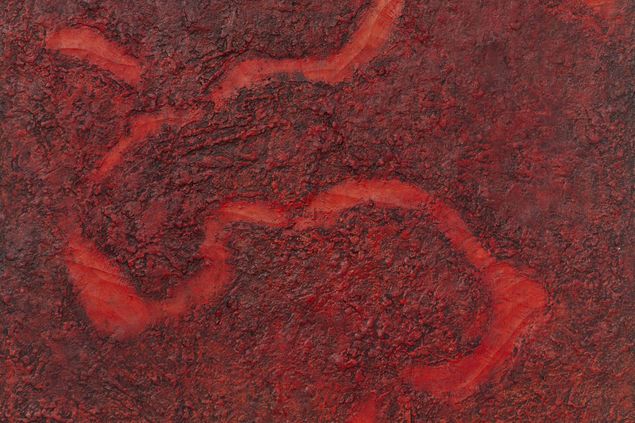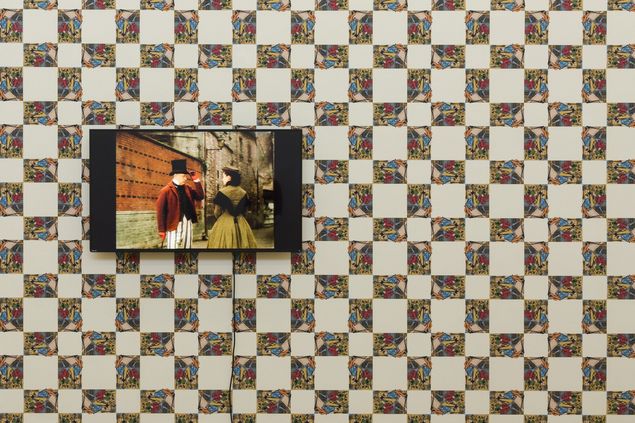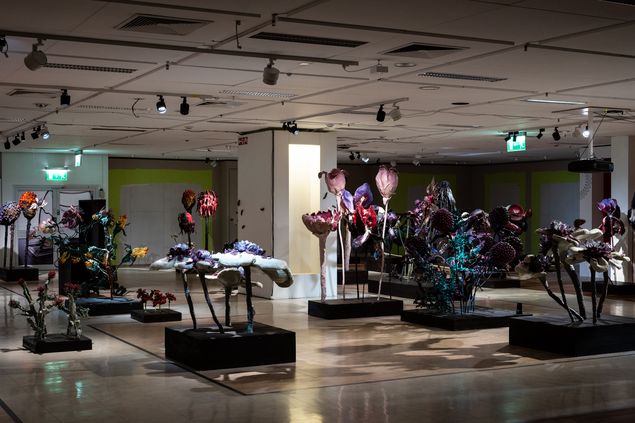When it comes to creating her claymation animated films, Nathalie Djurberg is a one-woman film crew: director and camerawoman, technical engineer, costume designer, figure creator and set designer all in one. Each and every image, shaped from papier-mâché and plasticine is all her own work, filmed in non-stop motion with a mini-DVD camera, frame by frame. Often, the traces of production, such as the threads supporting the puppets, or her own hands, are clearly visible, lending the films an almost naïve look that sets them apart from the glib perfection of major Disney studio productions. This is also evident in the often disturbing and provocative themes she addresses: eroticism, sexuality, violence, love, power and powerlessness, masochism and sadism, through to vulnerability, nostalgia and shelter. Hungry Hungry Hippoes (2007) shows three semi-naked female figures dressed in highly eroticised body-clinging garments, whose obesity really does conjure images of hippos. They are toying with a slender, black African boy in a way that oscillates uncomfortably between attraction and abuse. Djurberg’s works play deliberately on the fantasies of the viewer. She transforms the seeming innocence of the animated film – widely associated with a young audience – into a complex, erotically charged and psychologically visceral form of the adult imagination. The viewer becomes a voyeur of outrageous fantasies that hover between fascination and disgust, between taboo and overstepping a line.
Djurberg’s colleague Hans Berg composes the intense electronic soundtrack that drives and dramatizes the films.
